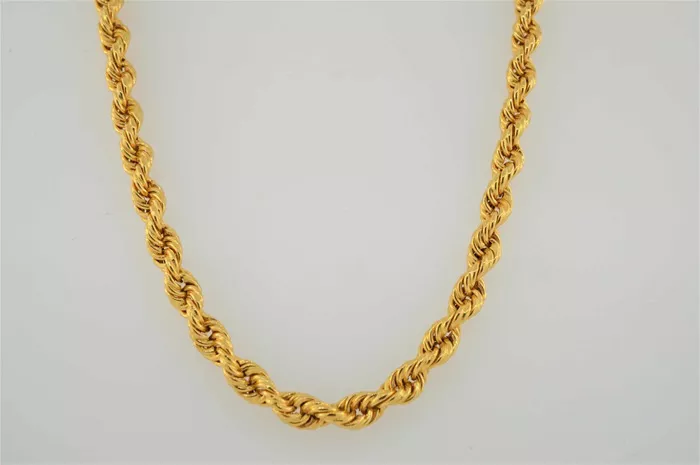India’s domestic gold jewellery market is expected to grow by 12–14% in value in the financial year 2026, according to ratings agency ICRA. The growth will be driven mainly by higher gold prices, despite a likely drop in sales volume.
This forecast comes after a 28% rise in value in FY2025, when gold prices surged by 33%. Prices continue to trend upward in the current fiscal year, averaging about 20% higher than in FY2025.
Jitin Makkar, Senior Vice President and Group Head at ICRA, said that a group of 14 large jewellery retailers—representing around two-thirds of the organised market—is expected to report 14–16% year-on-year revenue growth in FY2026. This will be supported by rising gold prices, expansion of retail networks, and growing market share taken from unorganised players. A higher number of auspicious days in the Hindu calendar is also expected to help support demand, even as prices remain high and volumes fall.
However, ICRA estimates that gold jewellery volumes will decline by 9–10% in FY2026. This follows a 7% drop in volumes in FY2025. In contrast, investment demand for gold remains strong. In FY2024 and FY2025, consumption of gold bars and coins rose by 17% and 25% respectively, as investors turned to gold as a safe haven during global uncertainty. ICRA expects this trend to continue, with bar and coin demand likely to grow another 10% in FY2026, making up about 35% of total gold demand.
In FY2025, most organised jewellers saw strong revenue growth despite falling volumes. This was mainly due to higher gold prices. Only a few companies avoided volume drops by expanding aggressively through new store openings. ICRA expects this trend to continue into FY2026, supported by India’s cultural attachment to gold, steady demand for wedding jewellery, and favourable dates for celebrations.
Gold prices have been climbing since the fourth quarter of FY2023. Between then and FY2025, prices grew at a compound annual growth rate of 23%. Prices are expected to stabilise near current levels unless major global or geopolitical events disrupt the market.
To expand quickly and cost-effectively, many large jewellery retailers are relying on asset-light franchise models. These models allow them to scale up with lower capital investment while gaining local market knowledge through partnerships.
ICRA also expects the industry’s operating margin to rise by about 30 basis points to 7.2% in FY2026. This improvement will be due to larger scale and better pricing. However, net margin growth will be limited due to rising financing costs. Interest coverage is expected to fall slightly to 5.6 times in FY2026, from 5.8 times in FY2025 and 6.1 times in FY2024. The decline is linked to higher working capital needs and a sharp increase in gold metal loan (GML) rates—up 300–500 basis points recently, or 130–150 bps on an annual basis.
“Even though operating margins will likely improve by 30 basis points in FY2026, net margins may only grow by 10 basis points,” Makkar said. “This is because of higher borrowing costs driven by rising GML rates and the need for more working capital due to high gold prices and planned store expansions.”
Related topics:
- Harry Winston Unveils New Designs in Iconic Sunflower Collection
- Kalyan Jewellers to Open New Store in Frisco
- Indian Jewellery Brand Rasa Launches Immersive Retail Boutiques in Bangalore


